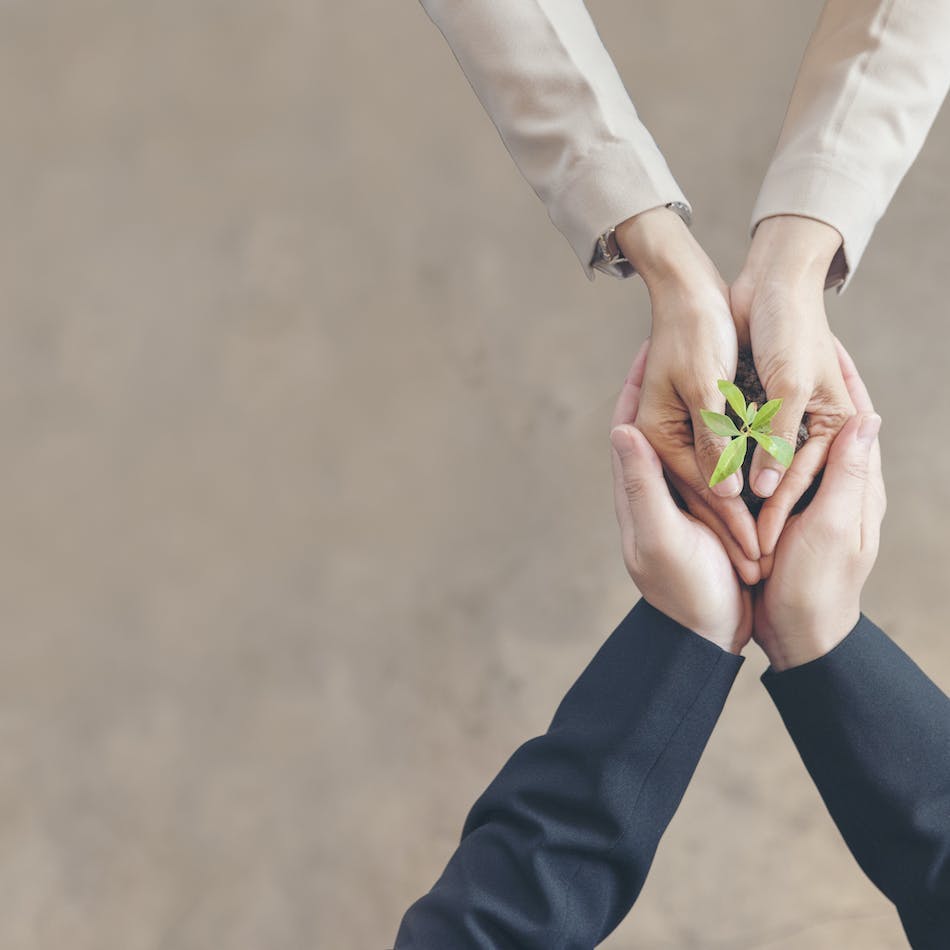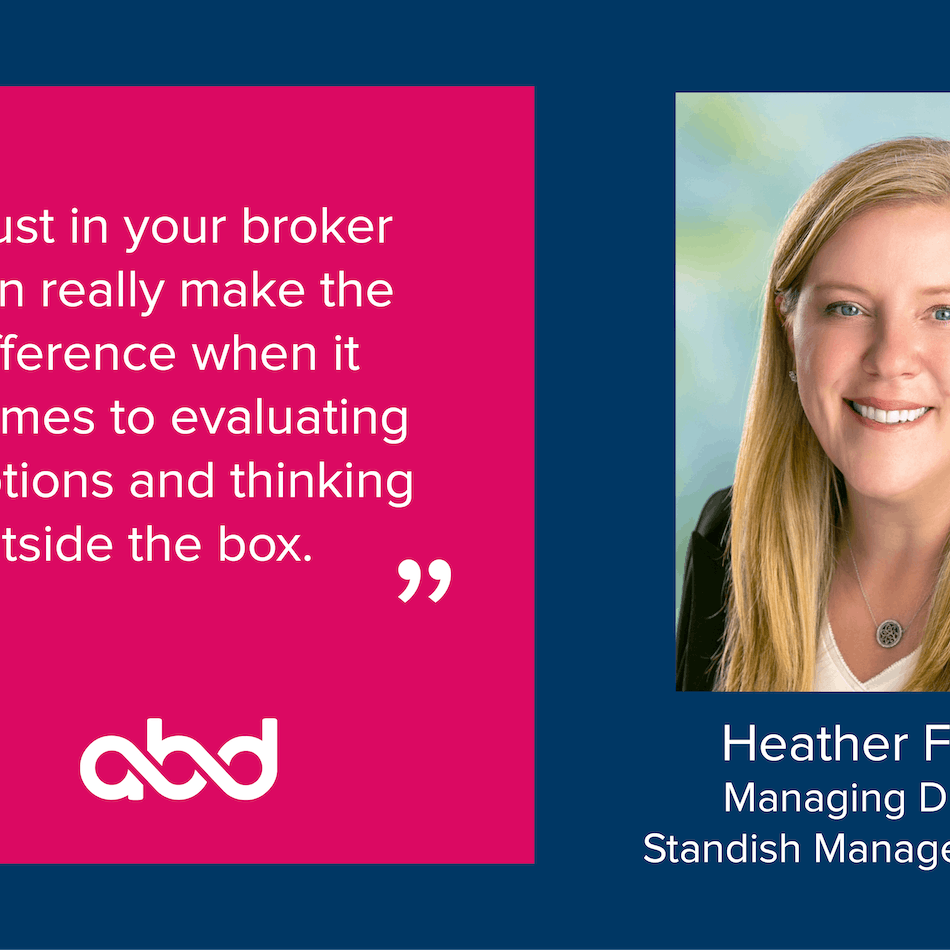Well Beyond Work: What Does Sustainability Mean to You?
By Megan Shaw | Published November 30, 2021

Sustainability is a buzzword we see everywhere these days, but what does it actually mean? A quick Google search will give you a plethora of definitions all centered around reducing negative impacts on the natural environment. We can probably all agree that this is a great goal. However, working towards sustainability can take many forms and it’s important to recognize there is not a one-size-fits-all solution to sustainability.
What does “sustainability” mean to the individual?
Let’s look at this from an individual perspective. Maybe the ideal “sustainable individual” only shops at environmentally conscious stores and they drive an electric car. These actions, while admirable, are not realistic for everyone. Environmentally conscious stores may only have locations in affluent neighborhoods. Many low-income neighborhoods experience food deserts, meaning they lack basic healthy options when it comes to grocery shopping. A food desert is defined by several factors including poverty, availability of public transit, population density and racial demographics. The USDA has great resources on the characteristics and influential factors that define food deserts. Inexpensive food options, such as pre-packaged processed items, often create more waste during production, transportation, and consumption. Conversely, an organic apple can be purchased at a locally grown farmers’ market, meaning less emissions from transportation. The apple is likely not packaged in plastic, meaning less waste in the landfill, and if it is organic no pesticides were sprayed. Food deserts typically have a high concentration of fast-food chains and few farmers markets. A meal from a fast-food restaurant has a much higher carbon footprint than the farmers market apple. For example, hamburger meat typically is raised in a factory farm, which creates massive amounts of greenhouse gases. Likely all the ingredients in the hamburger were transported long distances and required long-term refrigeration. Lastly, the meal itself comes wrapped in paper/plastic that must be thrown away and end up disposed of in a landfill. Choosing to be a “sustainable individual” is often a privilege of the middle and upper class. With this perspective in mind, take stock of what “sustainable” behaviors are within your reach as an individual and those that are not. If you are lacking healthy grocery options close to home maybe you can find a local community garden to join or start growing small items right at home.
An electric car can also be a great step towards individual “sustainability”. Many large car manufacturers are making moves toward electric vehicle production. This increased competition in the market helps to drive down prices for consumers. However, on average the cost of an electric vehicle is still higher than their carbon producing counterparts. Business Insider reported that as of August 2021, there were roughly ten electric vehicles on the market under 5,000. For an industry that had over 14 million sales in 2020, having only 10 options for “affordable” electric vehicles is very meager. Having an electric vehicle is as much about money as it is time and space. Charging can take up to 8 hours. These barriers may keep individuals who want to make the move to electric from being able to do so. In California we have a substantial car culture and, in many areas, less than ideal public transportation options. Having a car is often a necessity for the working individual in California. This means we purchase what we can afford. In an ideal “sustainable” world we could all afford an electric vehicle, but the market has not reached a space where it is accessible to the average household. This again shows that “sustainability” is often a privilege.
How can a company be sustainable?
Now let’s look at the “sustainable company”, how can we define this? There are many standards, guidelines, and programs that seem to differentiate between businesses, but again, let’s dig a little deeper. Is your business certified green? Do you compost and recycle? Are your lightbulbs LED? Companies can instill all kinds of “sustainable” practices if they have the means to do so. Funding for initiatives is often needed. If you want to start offering fruit in the break room instead of plastic bags of chips your breakroom budget will likely increase. When you initially swap out those light bulbs you are going to feel it in your pocket. Some factors to take into consideration are the size of your business, your location, and your industry. A small family run business may have less funding to switch from plastic shipping materials to those deemed “eco-friendly”. A company with offices outside of the US may not have access to recycling options or even typical waste collection services. Each business at each location may have to enact a slightly different practice in order to work towards similar goals.
There are many incentive programs for businesses across California. If your business is located in the Sacramento area, SMUD offers electric incentive programs. They are striving to offer carbon-free energy solutions and instilling cost saving initiatives at the same time. If your business is in San Luis Obispo County, a local non-profit EcoSLO, offers a free green business program to small and medium size businesses. Many cities and counties across California partner with the California Green Business Network. The Network registers businesses and helps them work towards sustainability through reduced water use, conserving energy, transportation incentives, pollution prevention, avoiding waste and more. Once a business has gone through the process and received their final evaluation they are then promoted on the website. There are countless other resources out there for individuals and businesses.
As a company or individual, it is important to be knowledgeable about the resources available to you. What local, state, or federal programs are open to you? Did you know some counties in California allow food scraps to be placed in green bins (yard waste) while others do not? Are you eligible for a rebate or incentive program by making small changes to your energy consumption? One way to gain this localized knowledge for your business is to partner with environmental non-profits. Many times, these groups are at the forefront of advocating for new policy and working with local/state entities on their community programs. Partnering with these non-profits is great philanthropy and a way to get employees engaged to volunteer as well.
So, the question remains, what or who is “sustainable”? How can you as an individual or a collective company work towards sustainability? It is important to remember that this will look different for everyone and will forever be a moving target. There is not a one-size-fits-all approach to sustainability and every individual and business who is making an honest effort at “sustainability” should be shown respect. As scientists learn more about climate change and the situation evolves, we as a global community will need to continue striving for a better more “sustainable” collective future.

Megan Shaw
Senior Coordinator
Megan Shaw is the Occupational Health and Safety Senior Coordinator for Newfront's Property & Casualty team.


